This is the week when the sweetest World Cup dreams die. A requiem, then, for the fallen.
It’s not fashionable to think too long about the teams that have left the tournament in this stage. Whatever injustice or act of God put their World Cup run in the dirt, we move on to the next round, the next slurry of cruelty and glory.
But then Mauricio Pinilla, the Chilean striker with the hair tucked behind his ears, does something like this:

And it reminds you in a way that perhaps there is a shadow tournament being played here, a tournament of pain, where the collection of agonies is the whole goal.
World Cup of Agony? I present to you Chile, winner. A chance for a truly famous victory, against the hosts, against a neighbor, against a rival, against Brazil, and it clangs off the goalpost. Pain.
Or maybe it’s Mexico, after Arjen Robben scowled and flopped them into oblivion. Or Algeria or Switzerland, so stout against former champions until the waning moments.
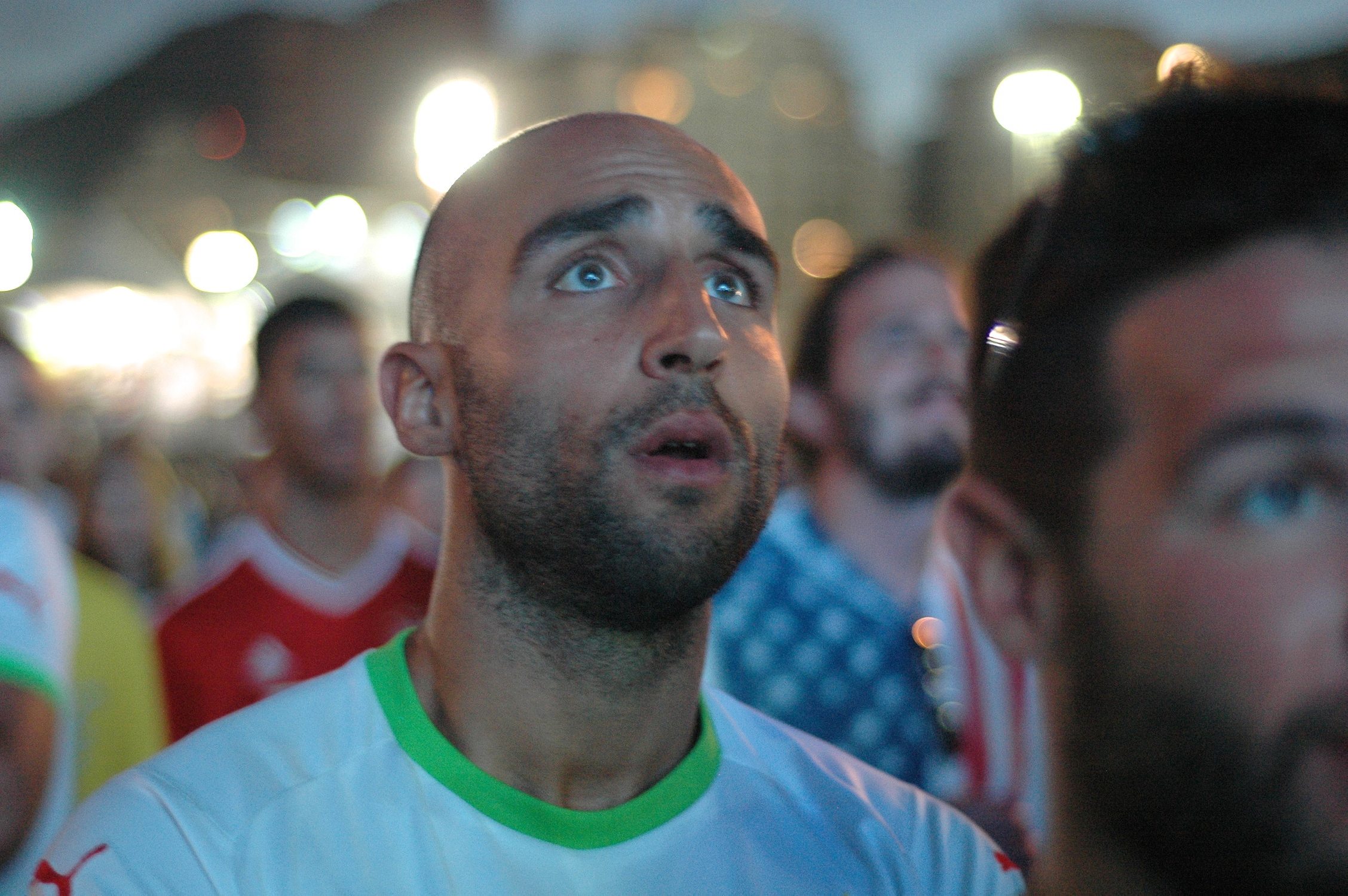
Then there’s the United States. Bloodied by two quick extra time goals in Salvador, a shock of adrenaline sent them flooding toward the Belgian goal. First came a 19-year-old’s running volley into the net, and then chance after chance as the goalposts widened and the Belgians scrambled and the Americans flung themselves forward into increasingly desperate aggressions. And then, the whistle. Over.
There has been a lot of talk about whether Americans are now, or will ever be in the future, truly in love with soccer. It’s a tedious obsession, like fretting over whether a kid will eat vegetables. The rest of the country could continue to pile heaps of Rust Belt scorn on the game, and it wouldn’t dim the mood of tens of thousands who arrived in Brazil to watch their team. Nor would it materially change the great lesson of this tournament for the U.S. Men’s National Team: loss can be sweet.
These games are each fully formed dramas, and tacking on a happy ending to this one would have been a narrative crime. It was glorious because it failed.
NOBODY HAS PAIN WOVEN INTO THE NATIONAL SPORT THE WAY LA ROJA DOES
Which brings us back to why I love la roja. Nobody has pain woven into the national sport the way La Roja does.
Consider their stadium back home. Pinilla knows this place: he played there for the first-division Club Universidad de Chile, aka La Gloriosa, before he shipped off for Europe. The Estadio Nacional Julio Martínez Prádanos, where the Chilean National team also plays, was built in the 1930s based on Hitler’s colonnaded Olympiastadion in Berlin, but not even Hitler turned his stadium into a temporary gulag like the Chileans did. During the 1973 coup, the putschists imprisoned up to 40,000 trade unionists, students, and anyone else suspected of being a leftist in the locker rooms, halls and stands of the stadium. More than a few died there.
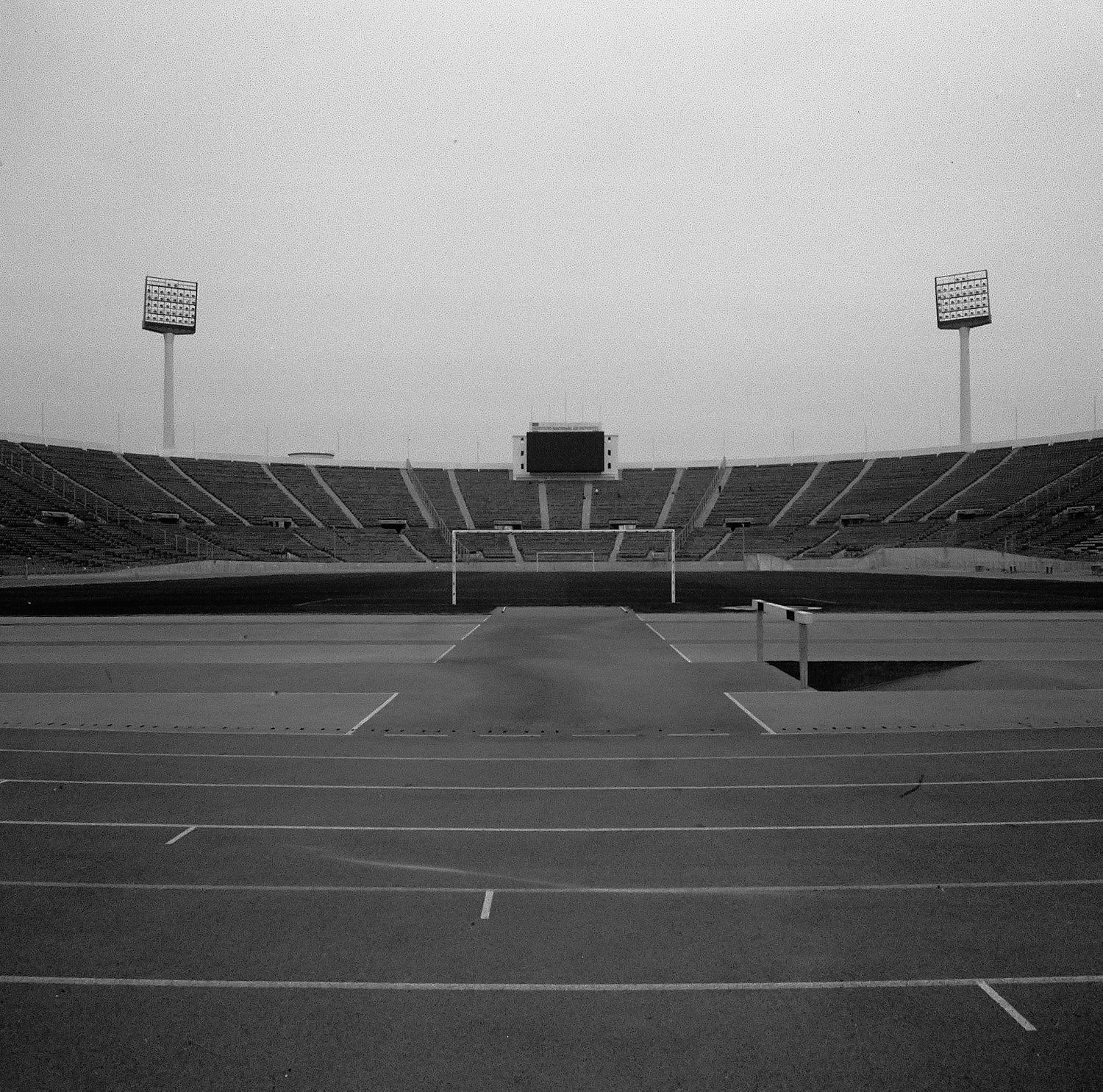
But the remarkable thing, when I visited last September while working on a story about the coup, is how this history has been preserved. Yes, there is a small fenced-off section in the stands that has been left unrenovated as a public testament. But the real memorials are still behind gates that only open with skeleton keys, those sections of the stadium halls where the public cannot go, where you can still see bullet holes in the windows, where no paint has touched the walls for 40 years. Wally Kunstmann, an activist and former torture victim, took me and photographers Michael Magers and David Burnett (who had been held here himself in 1973 while photographing prisoners) into the gloom of those halls.
It was, for me, an unusual preparation for being at Arena Corinthians last week in São Paulo. Chile’s national team was squaring off against the Dutch for control of Group B. The sun shone. Budweiser and Coca-Cola flowed into commemorative cups. If there are dark corners of Corinthians, FIFA had long ago swaddled them in festive corporate bunting. Ronaldo was on hand; we rode the elevator together from the media center. He looked amazing.
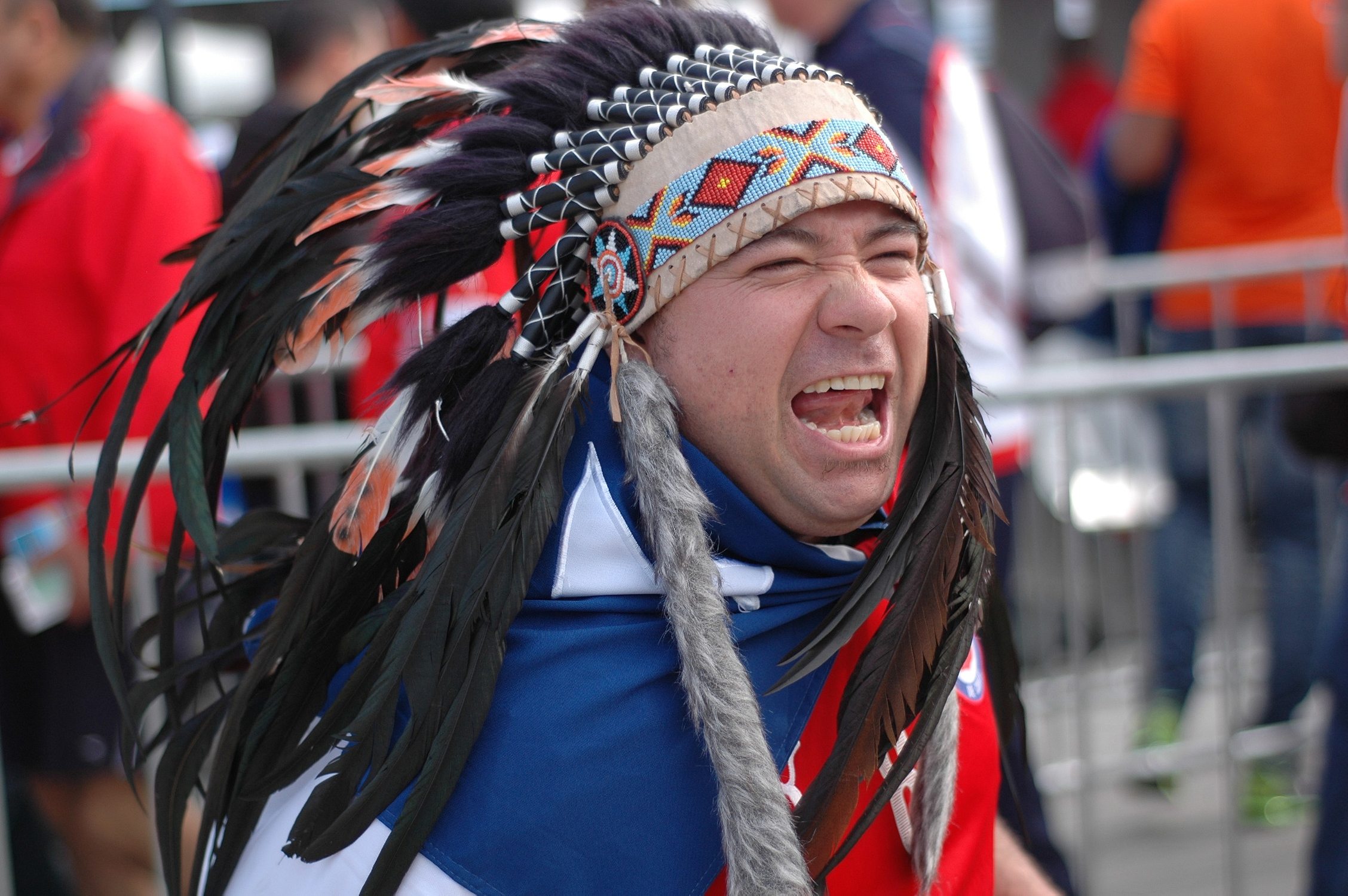
As for the Chileans, they were absolutely giddy on the long march up from the metro station, a stream of thousands in red and blue afros and wigs and fluffy five-fingered hand-hats. They had vanquished the champions Spain in the prior game. And they had made good on the promise of a South American Cup by caravanning across the mountains and filling LAN flights until they descended on São Paulo with pilgrim zeal for the third and decisive game.Even in the press tribune at Corinthians, the Chilean media were irrepressible. We all sat at our long desks, little monitors turned on, pre-match printouts in front of each chair, and they stood and took selfies and roared when their team, la roja, took the field.
My favorite player on Chile’s team is Gary Medel, an ardent collector of red cards with a steel forehead and a nickname to match—the Pitbull. He is a throwback player in Chilean terms: Alexis Sánchez is clearly the star of this team, but he has shown himself to be at time ethereally brilliant, a Messi or Ronaldo, not a brawler or scrapper in the Chilean style.
Consider the sporting lineage of the team, though: their most famous match was called the Battle of Santiago, with reason.
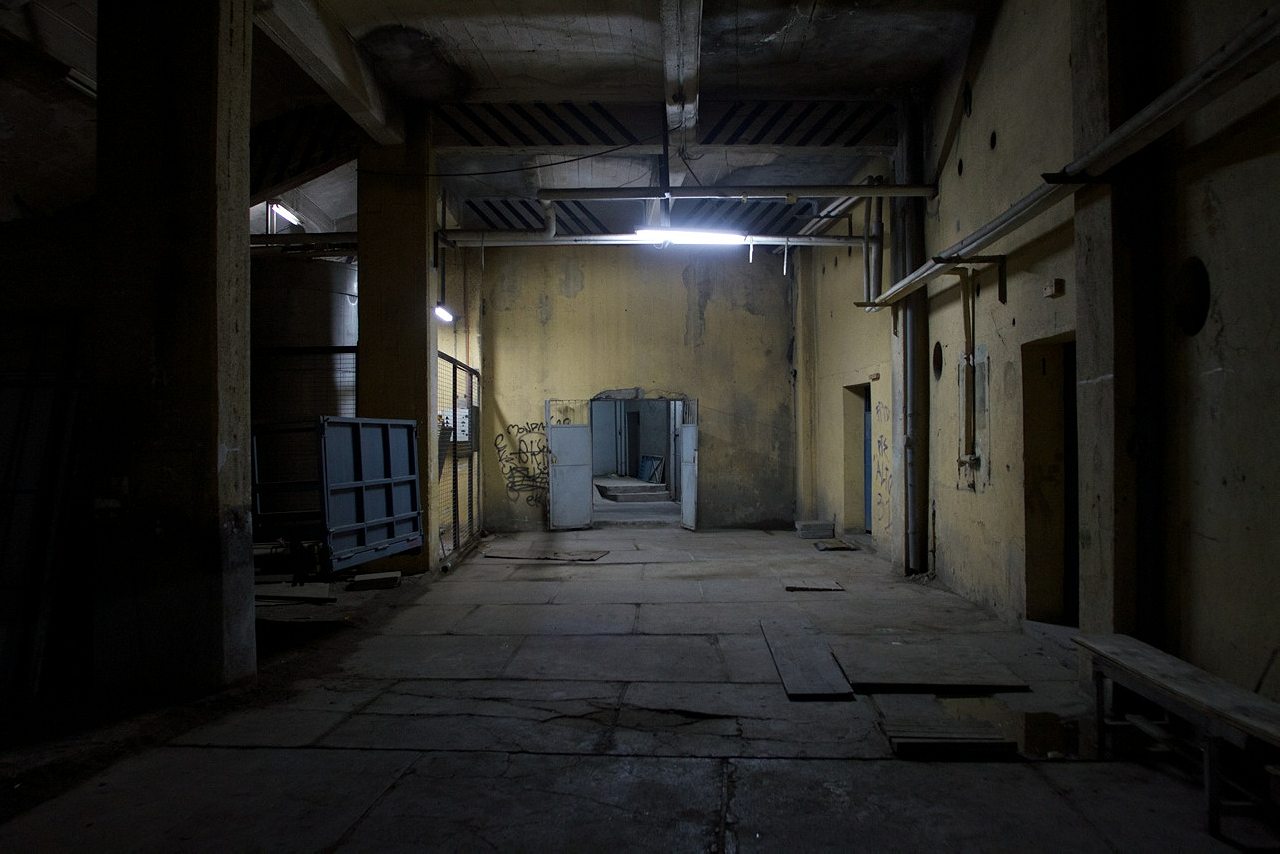
It took place in the group stage of the 1962 World Cup in Chile, a match against Italy that had been frothed in the days leading up to it by a couple of Italian journalists who wrote a series of dispatches about Chile’s poverty and loose women. The nature of the match was succinctly foretold by the BBC’s David Coleman, who delivered one of the more famous broadcast introductions in soccer: “Good evening. The game you are about to see is the most stupid, appalling, disgusting and disgraceful exhibition of football, possibly in the history of the game.”
That’s how the game unfolded, with broken noses, left hooks, and multiple interventions by the military police who at one point had to drag an unwilling Italian player off the field after he had been ejected.
AFTER THE BRAZIL MATCH, THE PITBULL WEPT UNCONTROLLABLY, AND CHILE WITH HIM
Medel plays a bit like he was raised on footage of that game, but from the high seats in São Paulo, it was hard to see that thrashing competitiveness. The first half fell evenly among the teams, and then it was the Dutch who again played bully, particularly Arjen Robben, looking as ever like an ill-tempered banker as he elbowed and whined and crashed through the line again and again. And so la roja succumbed late, and thus drew Brazil in the knockout round, and all the drama of their death in that match in Rio, now tattooed forever on Pinilla, was foretold as well. After the Brazil match, the Pitbull wept uncontrollably, and Chile with him, until the team flew back to Santiago to receive a raucous welcome, a full plaza of thousands in front of La Moneda and selfies with President Michele Bachelet. The country continues to litigate the events of 40 years ago, and divisions between left and right still run deep. But there was not a rightwing way to feel about la roja, nor a leftwing one. The sweetness of their defeat is universal.
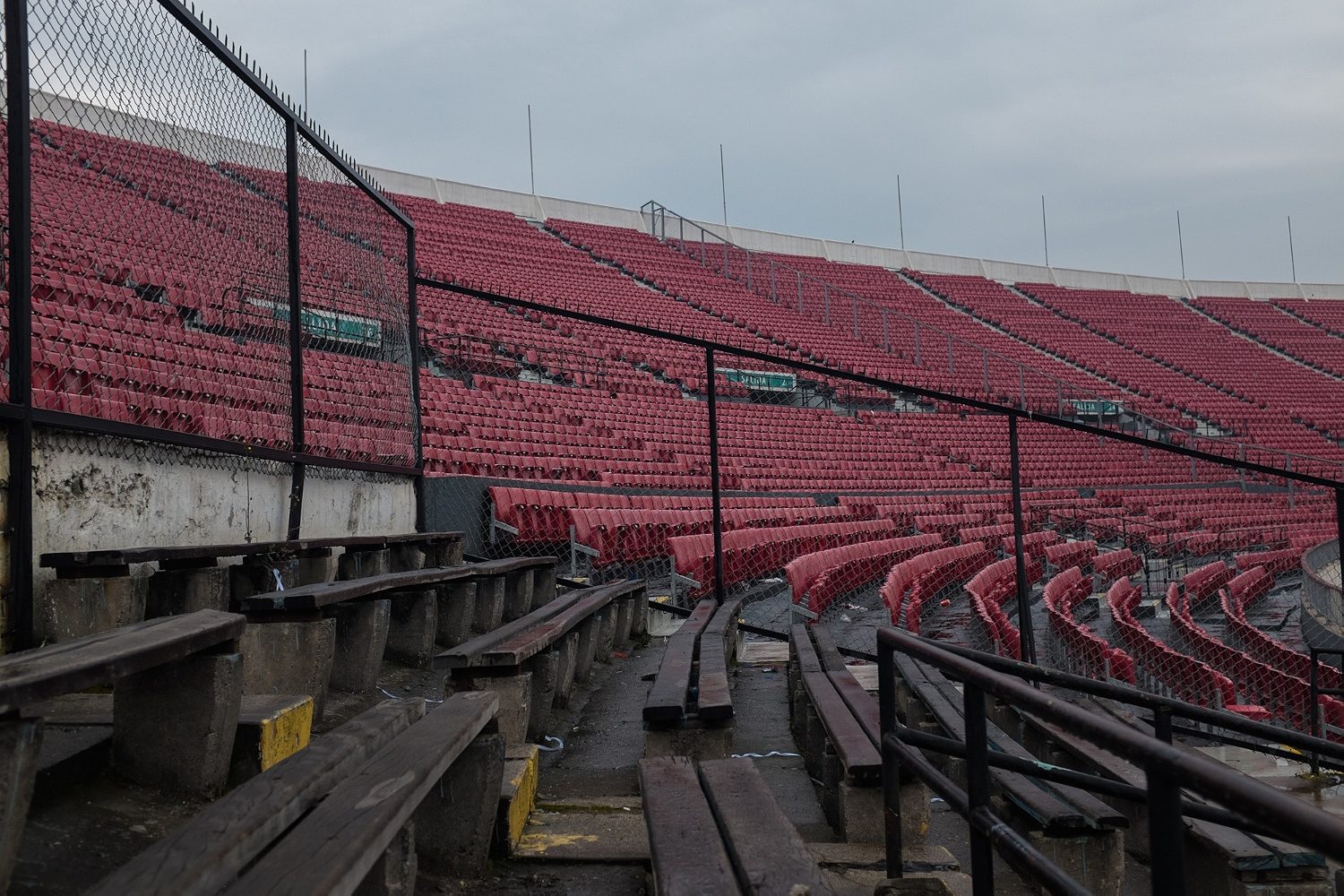
We walked out of the Estadio Nacional in Santiago that gray day last September and crossed the chaotic road that borders it to the north in search of a cab. And from that side of the boulevard in the dusk, the clearest, most formed double rainbow I’ve ever seen suddenly bloomed out of the heart of the stadium behind us. We stopped hailing the cab for a minute, to gape and then to take a picture. Beauty in loss. It’s the Chilean way.
And that’s the lesson, then, for us. It is not necessary to peer into the future, to say that the U.S. soccer is on the rise. It’s enough for now to say that we played, and that we lost.

